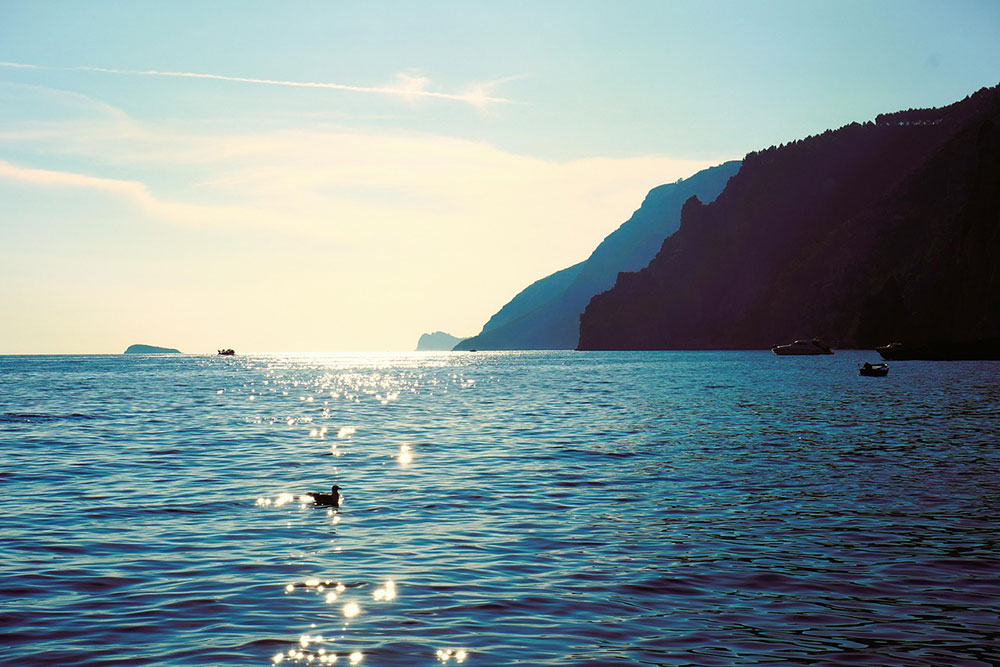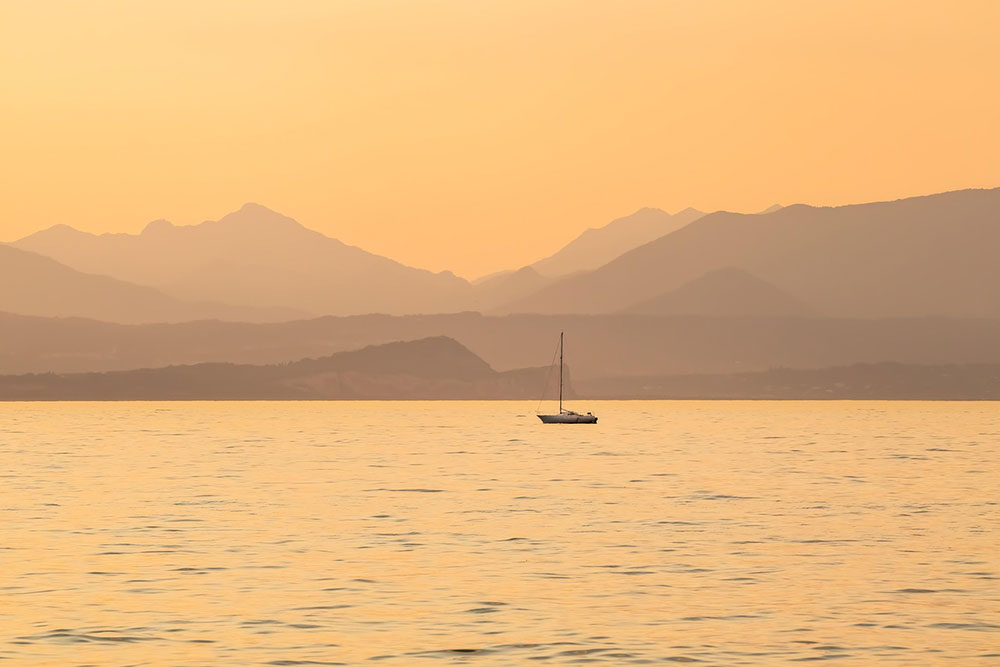
Discover the experience of sailing past Cape Finisterre, a historic and dramatic point on Spain’s Atlantic coast, with insights, challenges and unforgettable scenery.
Cape Finisterre, or Cabo Fisterra in Galician, is one of those places that lives large in the imagination of sailors. Known as the "end of the world" since Roman times, it is the westernmost point of mainland Spain and a major milestone for those sailing down the Atlantic coast.
To pass it by sea is to join a long line of navigators, fishermen and pilgrims who have looked to this dramatic, windswept cape with awe, respect and sometimes fear. The headland juts into the ocean like a defiant fist, making it both a striking landmark and a challenging sailing passage.
As you sail south along Spain’s northern coast, the Cantabrian Sea slowly gives way to the might of the Atlantic. The seas grow longer and heavier, and the coastline becomes more rugged, wild and sparsely populated. Heading towards Finisterre, the scenery becomes both beautiful and raw.
Many sailors choose to leave from ports such as A Coruña or Muxía before rounding the cape. On clear days, Finisterre announces itself from miles away with its towering cliffs, lighthouses and the outline of the mountains inland. On foggy days, it emerges suddenly, mysteriously, a silhouette in the mist.
The stretch around Cape Finisterre is notorious for its unpredictable conditions. Atlantic lows sweep in quickly and the wind can rise from calm to gale in a matter of hours. Even in summer, the waters off the cape are rarely flat, and rounding it requires careful planning and respect for forecasts.
Currents, upwellings and converging winds can create a confused sea state. At times, waves rebound off the cliffs, creating short, sharp swells that test both crew and vessel. Many seasoned sailors recommend staying well offshore unless seeking safe harbour in nearby Rías like Muros or Corcubión.
Sailing past Cape Finisterre can feel like crossing a threshold. To the north lies the Bay of Biscay and the often-hostile waters of northern Europe. To the south, the coast gradually mellows, the temperatures warm and the days lengthen. There is a sense of arrival, of a chapter completed.
For many sailors on longer voyages, especially those heading to the Mediterranean, the Canaries or across the Atlantic, Finisterre marks a moment of both celebration and reflection. It is often where the journey begins to shift from endurance to enjoyment.
For those needing rest or shelter, the Galician coast offers a number of quiet anchorages and welcoming marinas within reach of the cape. The Rías Baixas to the south are famous for their natural protection and charming fishing villages.
Near Finisterre itself, the small harbour of Finisterre village is mostly used by local fishing boats, but nearby Muros and Portosín provide excellent stopovers. Here, you can restock, enjoy local seafood and recover from the intensity of the passage.
Cape Finisterre is also the spiritual end of the Camino de Santiago. Many pilgrims, after reaching Santiago de Compostela on foot, walk the final leg to the cape and burn their boots or leave a token behind. From the water, you may see their tiny figures atop the headland, gazing westward.
This intersection of spiritual and maritime paths gives Finisterre a unique atmosphere. It’s not just a geographical point, it’s a place loaded with symbolism and meaning, whether you arrive on foot or under sail.
Once past the cape, the character of the voyage changes. The coast becomes more generous, dotted with rías, coves and hidden beaches. The wind patterns become more predictable, and the presence of other cruisers increases as you head south toward Portugal or further along Spain’s Atlantic shore.
But no matter how far you go, Cape Finisterre stays with you. It’s a moment etched into the memory of every sailor who rounds it, a blend of beauty, challenge, history and sheer elemental power that marks it as one of the true icons of the sea.
Cape Finisterre is more than a navigational obstacle or a dot on the chart. It is a rite of passage, a proving ground, and a reward. It represents the edge of something, and the beginning of something else. Sailors of all levels feel its pull, and for good reason.
To sail past Cape Finisterre is to connect with centuries of maritime history. It reminds you that you are part of something larger—a shared tradition of those who trust the sea, read the weather, and chase the horizon. And that is a feeling that never fades.









